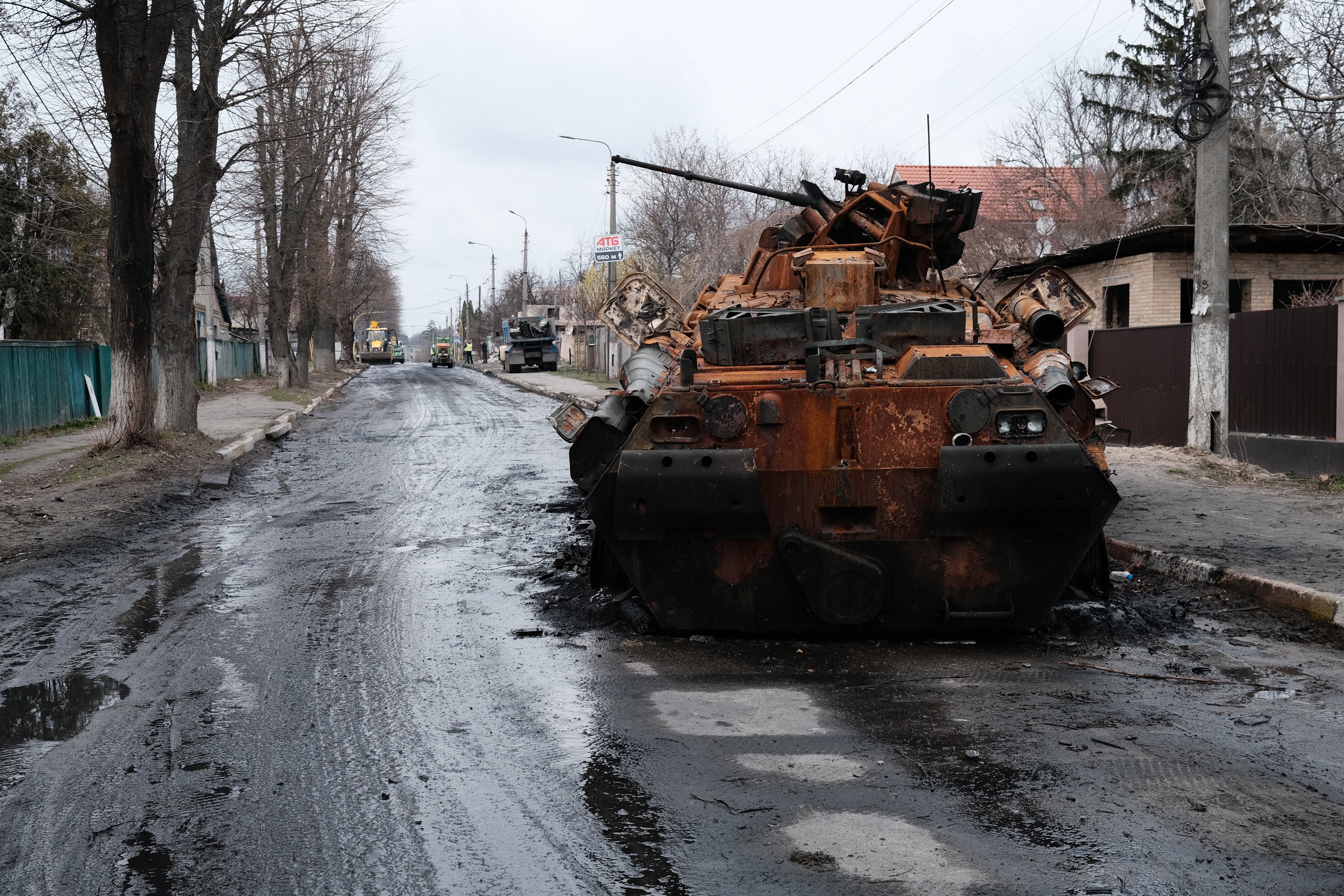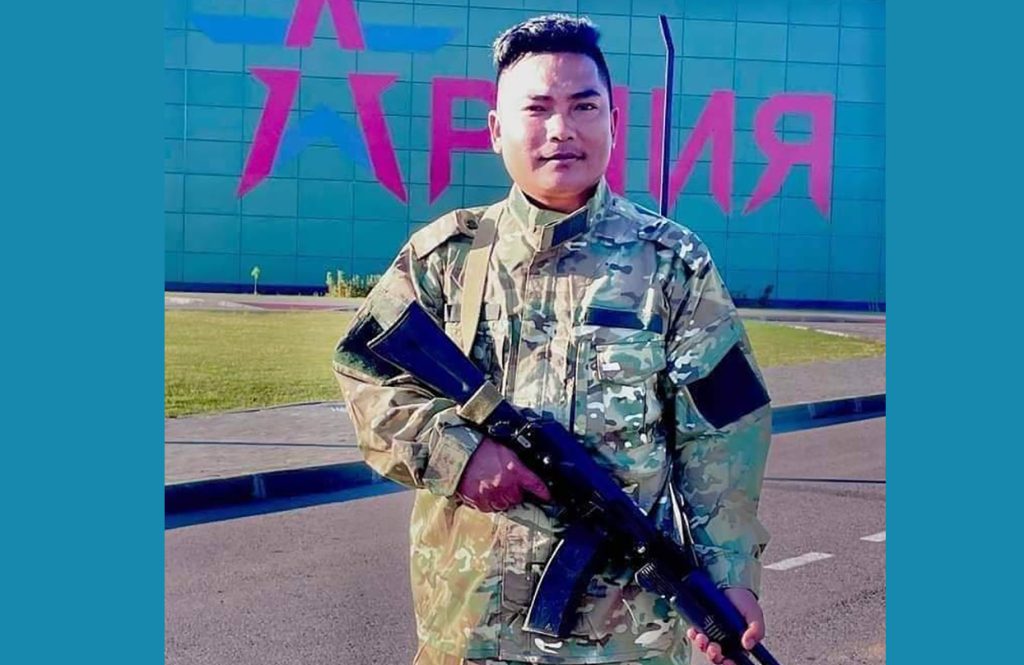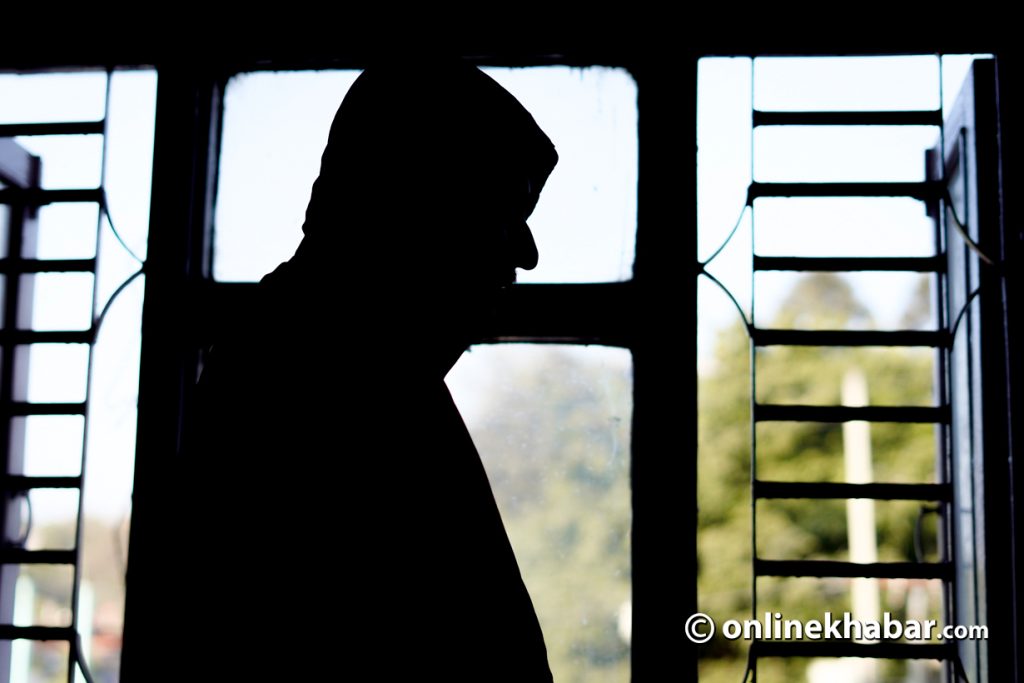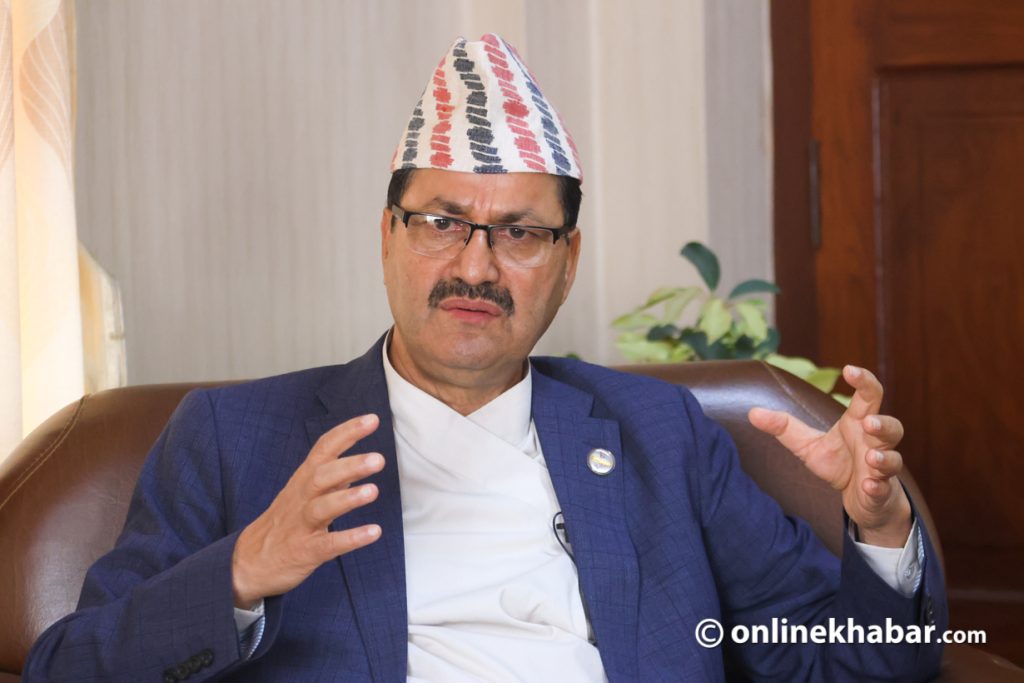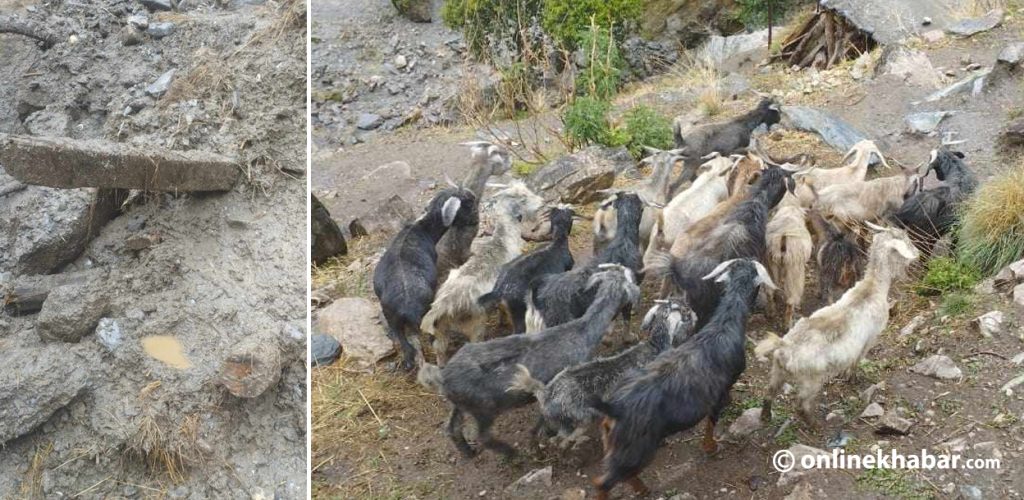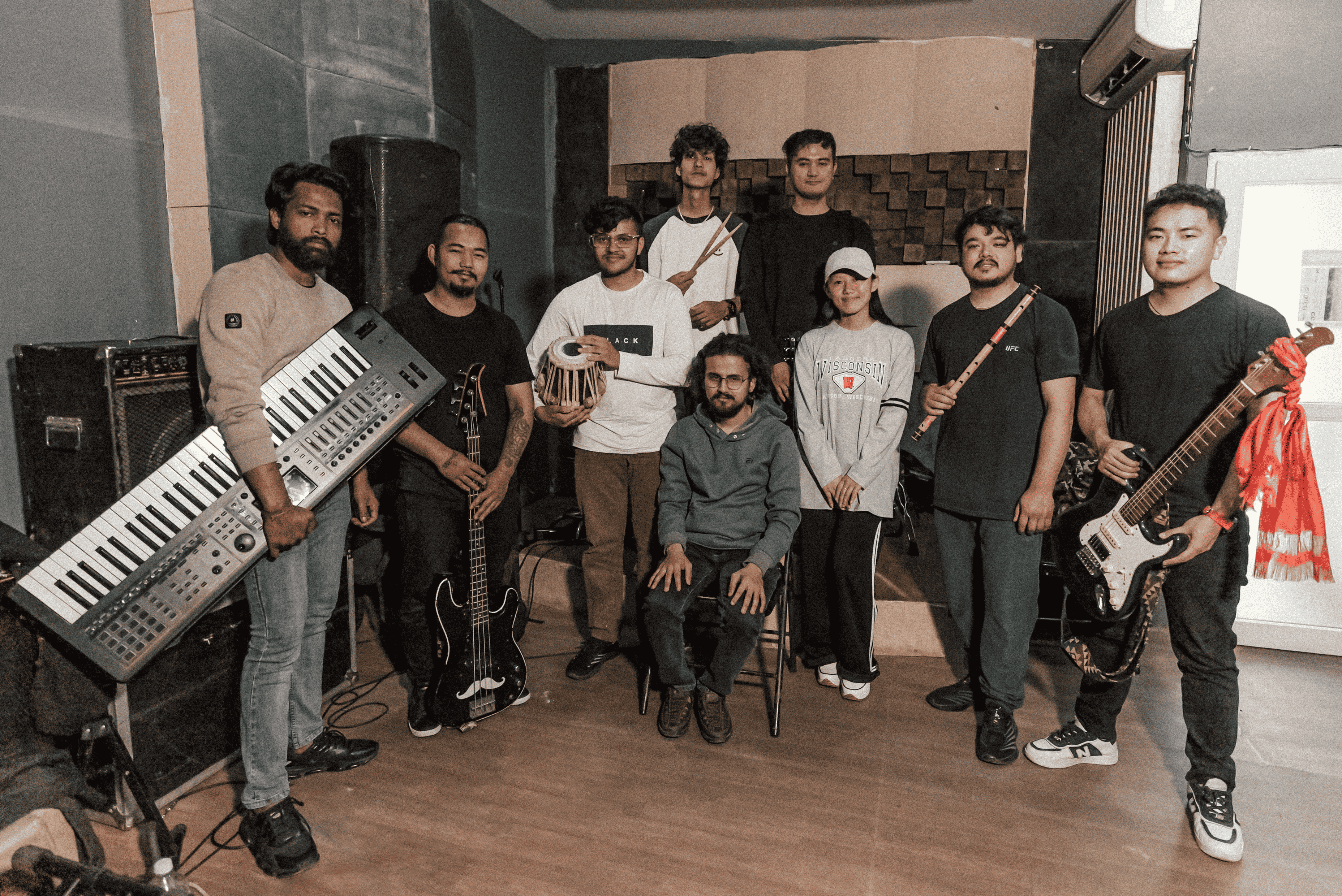
On October 20, 2023, three days before the Dashain holidays started, Santosh Gurung of Dudhpokhari Rural Municipality-1, Lamjung, left for Russia to join the Russian army. Wanting to make good money, with the help of an agent, he reached Moscow and immediately joined the Russian army.
In little over a month, Gurung was off to the warzone in Ukraine. He did not have much training yet he stood there with gun in hand ready to fight.
His family often heard from him when first got to Russia. However, with every passing day, contact was limited.
“He told us how the agent swindled him to join the Russian army,” says his brother Ramesh.
Santosh remained in contact until January 15 but after that, his family stopped hearing from him. Ramesh was told by one of Santosh’s friends that he was sent to the red zone.

On January 18, Ramesh got a call telling him that his brother died.
“We spoke to him on January 18. We did not believe he had died,” says Ramesh who received the news on WhatsApp.
The family, who were in disbelief, wanted to see his mortal remains one last time. Their wish, however, was not going to come true.
“Everyone we asked told us Santosh died. The government also said the same but no one had proof,” says Ramesh.
As days passed and Santosh did not come in contact, the family performed his final rites in Nepal. Despite that, his family is living in hope that Santosh is alive.
“Where is the proof,” asks Ramesh. “We cannot accept it until we see his mortal remains.”
The exact number of Nepalis who have enlisted in the Russian army remains uncertain, with estimates ranging from 500 to 15,000. The government reports that 14 Nepalis have died in Russia, although it is suspected that this figure is higher.
Despite the families of the deceased urging Russia to repatriate the bodies of their loved ones, they have not yet received them. This lack of action has deprived many families of closure and the opportunity to perform the final rites for their departed relatives.
Shreeman Gurung of Dudhpokhari Rural Municipality in Lamjung was shocked to see his son Sajan in a Russian army uniform.
The family was unaware that he had left the country to join the Russian army and participate in the conflict.
Shreeman had hoped his son would pursue something within the village. However, Sajan was enticed by the agent and sent to Russia on September 29, 2023, without informing his family.
Sajan told his family the agent deceived him by promising that he would be stationed in a safe area, away from the red zones.
“We told him to come back repeatedly,” said Shreeman.
Sajan listened and tried to run. But escaping the Russian army was not going to be easy as he was caught.

“He was sent to the warzone on December 28. We did not hear from him since,” says Shreeman.
A week later, news of Sajan’s death was all over the news. Sajan’s friend called his family and told them the news was right and Sajan had died in the war.
“We heard about his death, but did not get any further information,” says Shreeman.
To confirm the death of his son, Shreeman tried various things.
“We wanted to see him one last time for closure. But that was not possible we were told,” he says.
Later, following Gurung tradition, Shreeman performed the final rites for his son using a makeshift body made of kush grass. Despite conducting these rites, Shreeman is still struggling to fully accept the death of his son.
“The government has not verified his death either. I feel he is still alive,” he says.
Kriti Bhandari, a campaigner for one of the initiatives supporting individuals who joined the Russian army, reports that their campaign has an official record of 16 individuals who enlisted in the Russian army and died in the Russia-Ukraine conflict.
“However, as there is no valid confirmation of their deaths, family members have proceeded with conducting final rites,” Bhandari says.
While some deaths have been officially confirmed, many remain unverified. Bhandari notes that several families are still awaiting official confirmation regarding the fate of their loved ones.





